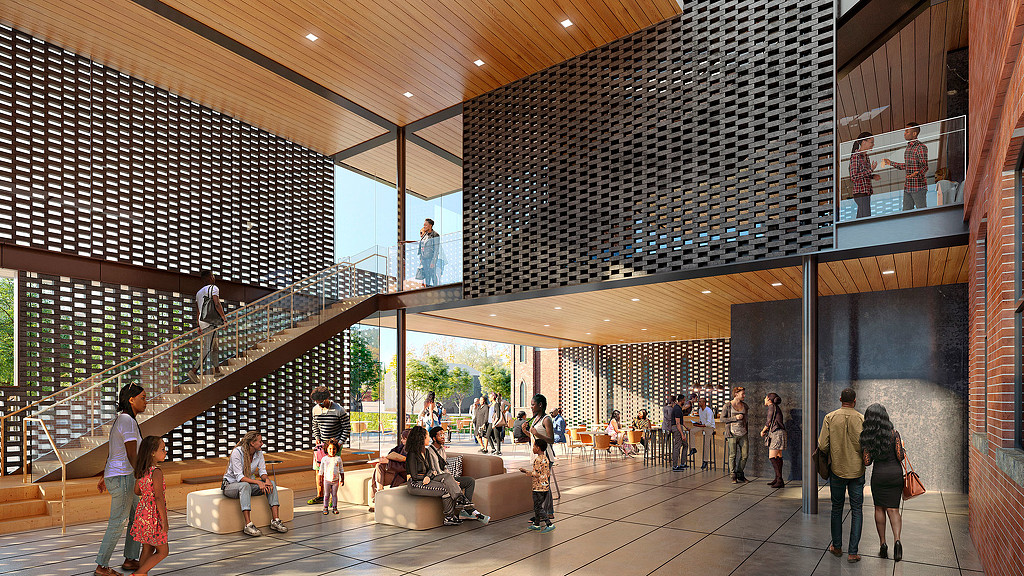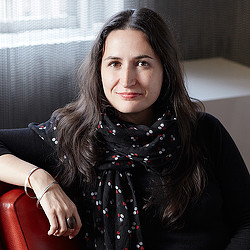How Inside-Out Design Can Boost the Cultural Experience
July 14, 2022 | By Bevin Savage-Yamazaki, Brian Nicodemus
Our cities’ cultural spaces are experienced by a broad, diverse section of our communities, crossing socio-economic groups, race, physical abilities, and age. Our responsibility to design to the edges — creating spaces that can accommodate a range of experiences so that everyone can have a positive, equitable experience — is best done through an inside-out design approach.
Inside-out design is an iterative process aimed at identifying who the project’s audience is, while ensuring that thoughtful design drivers and stories can be linked together. Our founder, Art Gensler, championed this human-centered and experience-driven approach when he started to think about the functionality and experiences users should expect from the design of a space.
Designing for equity
Ensuring all groups in our communities feel like they belong is essential to a cultural project’s success as a public space. But if equity and dignity are your design drivers and goals, how do you measure success? For public institutions, operational sustainability is certainly key for successful long-term community engagement. So, the quantitative aspects of benchmarking data from other like-minded institutions help us give our clients the necessary insights to make data-backed decisions that focus on their goals. In addition to the quantitative data, we must layer in the qualitative aspects of an inclusive design process and the creation of welcoming spaces that allow for a diverse community to gather, learn, and talk.
Typically, when we think of equity and inclusion, we think of meaningful programs centered around diversity. However, equity can mean many things. For instance, during the recent restoration of the Hall of State in Dallas, the project team took equitable access to heart.
This historical building was built in 1936, well before the Americans with Disabilities Act was signed into law in 1990. As a result, people who required accessible entry pathways couldn’t experience this piece of Texas history in the same way that able-bodied visitors could. Instead, they were redirected to the rear of the building. To rectify this experience, Gensler seamlessly added ADA-compliant entry points that focused on their experience ascending into this space and experiencing that entry with dignity.
In a similar vein, a series of guiding principles helped shepherd the renewal of the Ford Foundation Center for Social Justice in New York City. The goal was to break the existing closed-door paradigm of foundation culture by visually opening the building, creating transparency and an architecture that welcomed all. The design team created this equity of experience through new programming, including a social justice-focused gallery space, site-specific art installations, and an enhanced atrium garden that invites the public to visit and engage with the architecture. All of which reinforce Ford’s mission, which states, “We believe in the inherent dignity of all people.”
Creating for community
Designing spaces that are meant for the public requires a different approach — one that is bespoke, transparent, and equitable. This requires us, as designers, to home in on the internal experience the community wants to create, which in turn, drives the overall architectural design.
Using an inside-out design approach ensures that we connect and engage with the community we’re designing in and working with that community is the ultimate way to ensure success for cultural spaces.
For media inquiries, email .

